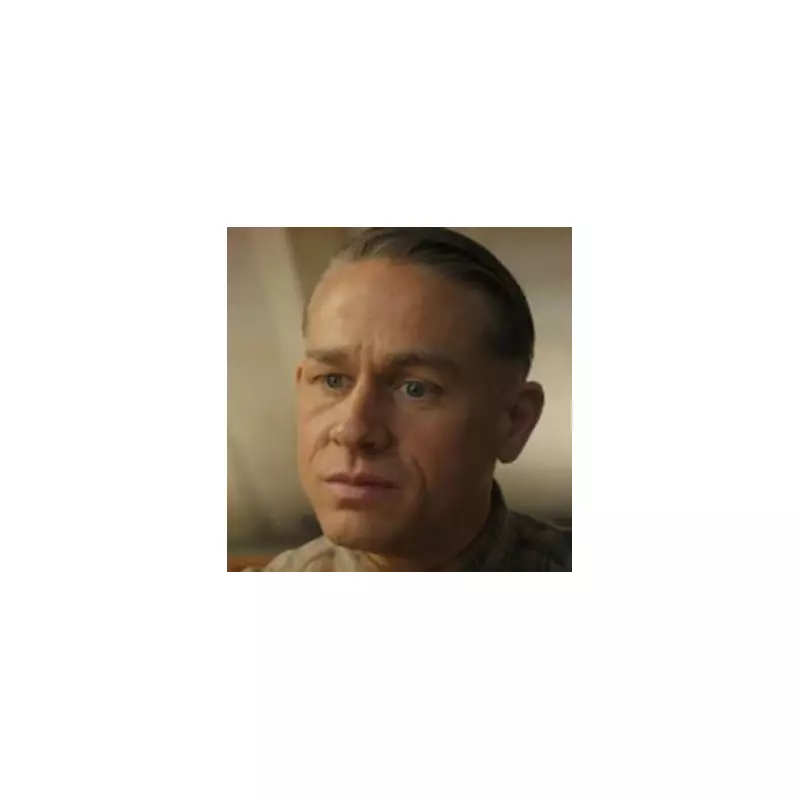
In a chilling revelation that connects the darkest corners of human psychology with mainstream entertainment, a compelling new documentary exposes how real-life serial killers have become the unlikely muses behind some of television's most successful crime dramas.
The Murderous Inspiration Behind the Screen
The upcoming Channel 5 documentary 'TV's Darkest Secrets: The True Crime Connection' delves deep into the disturbing relationship between notorious criminals and the fictional characters they've inspired. From the leather-clad silence of Buffalo Bill in The Silence of the Lambs to the charming deception of Joe Goldberg in You, the fingerprints of real monsters are everywhere in our entertainment.
Ed Gein: The Original Horror Blueprint
Perhaps no criminal has influenced horror and crime fiction more profoundly than Ed Gein, the 1950s murderer whose gruesome practices spawned an entire genre of terrifying characters. His macabre creation of household items from human remains and wearing victims' skin directly inspired not just one, but multiple iconic figures.
The Gein legacy includes:
- Norman Bates in Psycho
- Leatherface in The Texas Chainsaw Massacre
- Buffalo Bill in The Silence of the Lambs
Ted Bundy's Charming Monster Persona
The documentary also explores how Ted Bundy's handsome, charismatic facade and method of luring victims has become the template for the charming psychopath archetype. His ability to maintain a normal exterior while committing heinous crimes fundamentally changed how writers approach villain development.
This influence is clearly visible in characters like the sophisticated, yet deadly, Joe Goldberg from the Netflix sensation You, whose internal monologue reveals a disturbing parallel to Bundy's ability to justify his actions.
Beyond the Big Names: A Legacy of Violence
The true crime connection extends beyond these famous cases. The documentary examines how various criminal profiles, murder methods, and psychological patterns have been adapted for television storytelling, raising questions about the ethics of transforming real victims' suffering into entertainment.
As viewers continue to flock to true crime documentaries and crime dramas in record numbers, this exploration provides crucial context about where these stories truly begin - and the real human cost behind the fiction we consume for pleasure.





